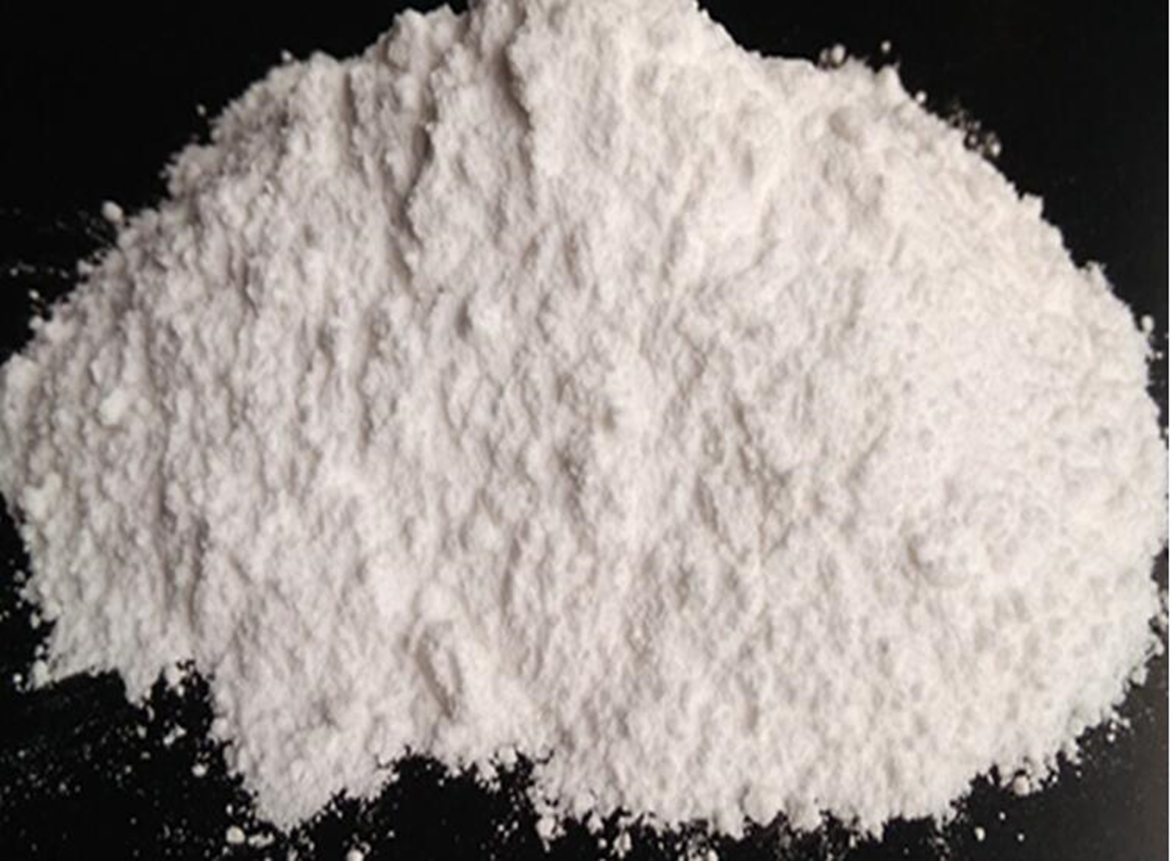Preparation technology of magnesium oxide based on light-burned dolomite-hydration complex method

Lightly burned dolomite (CaCO₃·MgCO₃) is an important mineral resource that can be converted into a material rich in magnesium oxide (MgO) through proper heat treatment. The use of lightly burned dolomite to prepare magnesium oxide can not only improve resource utilization, but also provide high-quality raw materials for multiple industries such as cement, ceramics, and refractory materials. This article will introduce a magnesium oxide preparation process based on lightly burned dolomite-hydration complexation and explore its technical details.
Process flow
Raw material preparation
Select natural dolomite that meets the requirements and make it uniform in particle size through pretreatment processes such as crushing and screening.
The treated dolomite is sent to a rotary kiln or other roasting equipment for light burning.
Light burning
The dolomite is roasted at a temperature of 800-1000°C for a certain time (usually several hours) to decompose it into lightly burned dolomite.
Control the roasting temperature and time to ensure that the dolomite is fully decomposed, but avoid overburning to reduce activity.
Hydration
The lightly burned dolomite is mixed with water for hydration reaction.
During the hydration process, the magnesium oxide in the light-burned dolomite reacts with water to form hydrated magnesium (Mg(OH)₂).
The hydration reaction can be carried out in a stirred tank or a reactor, and the reaction is ensured to be complete by controlling the amount of water added, the reaction time and the temperature.
Complexation
On the basis of the hydration reaction, a complexing agent (such as citric acid, EDTA, etc.) is added to further improve the purity and activity of magnesium oxide through complexation.
The selection and dosage of the complexing agent need to be adjusted according to the specific experimental results to achieve the best effect.
Separation
The hydrated complexed product is separated from the liquid by filtration, centrifugation and other methods.
During the separation process, it is necessary to pay attention to the control conditions to avoid product loss or contamination.
Drying
The separated product is sent to the drying equipment for drying to remove moisture.
The drying temperature and time need to be controlled within an appropriate range to prevent the product from deteriorating or decomposing.
Calcination
The dried product is calcined again at high temperature to remove residual moisture and organic matter, and finally obtain high-purity magnesium oxide.
The calcination temperature is usually 1000-1200°C, and the calcination time is adjusted according to actual needs.
Finished product processing
The calcined magnesium oxide is cooled, crushed and packaged to obtain the final product.
During the finished product processing, attention should be paid to moisture and dust prevention to ensure product quality.
Technical points
Raw material selection and pretreatment
Select natural dolomite with low impurity content and uniform particle size as raw material.
Through pretreatment processes such as crushing and screening, ensure that the raw material particle size meets the requirements.
Light burning process parameter control
Control the roasting temperature between 800-1000°C to ensure that the dolomite is fully decomposed.
Control the roasting time to obtain highly active lightly burned dolomite.
Hydration and complexation reaction conditions
Control the temperature, time and water amount of the hydration reaction to ensure that the magnesium oxide is completely hydrated.
Select a suitable complexing agent to improve the purity and activity of magnesium oxide through complexation.
Separation and drying
Pay attention to the control conditions during the separation process to avoid product loss.
The drying temperature and time need to be controlled within an appropriate range to prevent product deterioration.
Calcination temperature and time
The calcination temperature is controlled at 1000-1200°C to ensure the purity of the product.
The calcination time is adjusted according to actual needs to obtain the best performance product.
Performance evaluation
Purity
The purity of magnesium oxide is determined by chemical analysis to ensure that the product meets industry standards.
Activity
By measuring the activity index of magnesium oxide, its reactivity in subsequent applications is evaluated.
Particle size distribution
The particle size distribution of magnesium oxide is determined by a particle size analyzer to ensure its uniformity and applicability.
Mechanical properties
The strength and toughness of magnesium oxide are evaluated through mechanical property tests to ensure its reliability in practical applications.
High-purity magnesium oxide prepared based on light-burned dolomite-hydration complexation is widely used in the following fields:
Cement production: as a cement admixture to improve the performance of cement.
Ceramic industry: used to produce high-quality ceramic products.
Refractory materials: as an important component of refractory materials, it improves the high temperature resistance of materials.
Environmental protection field: used for waste gas treatment and wastewater purification.
Through the magnesium oxide preparation process based on light-burned dolomite-hydration complexation, the purity and activity of magnesium oxide can be effectively improved to meet the application needs of different industries. By optimizing the process parameters, the quality and performance of the product can be further improved, the cost can be reduced, and the economic benefits can be improved. Future research will further explore more efficient technical means to continuously improve the preparation process level of magnesium oxide.








